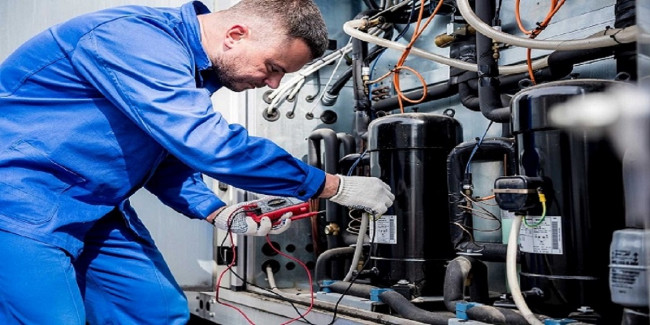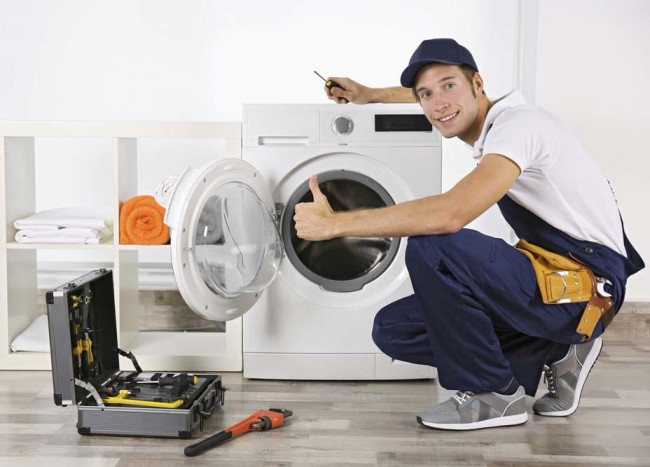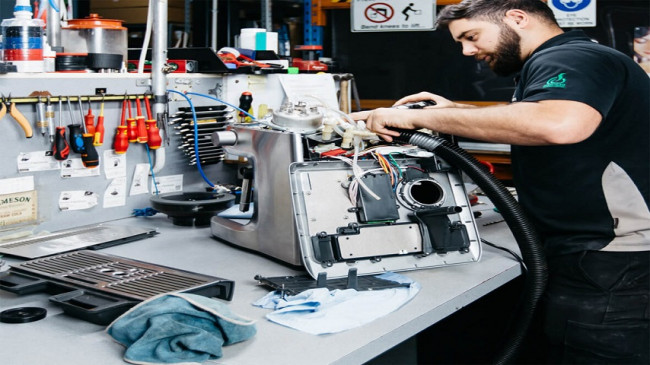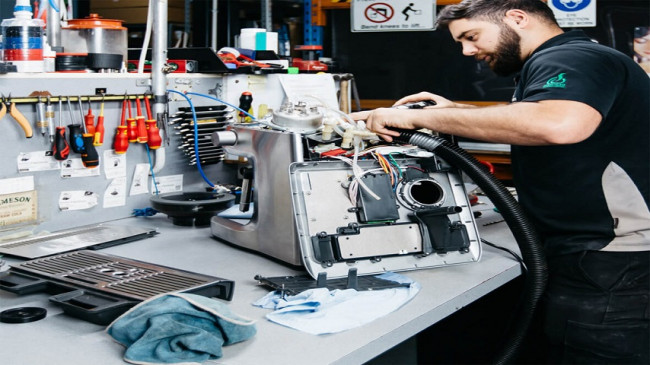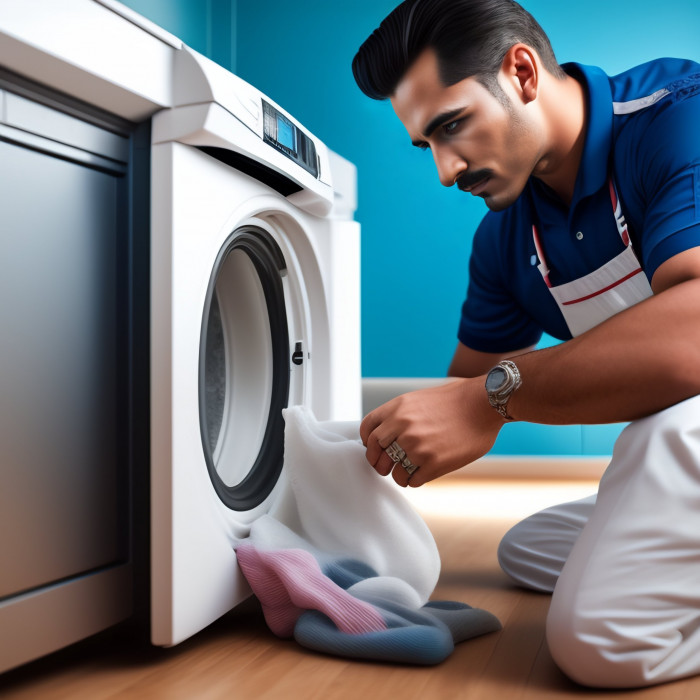
Welcome to the ultimate guide on washing machine repair! Whether you're dealing with a noisy spin cycle, a leaking washer, or a machine that won't start, understanding how to diagnose and fix common issues can save you time and money. In this article, we'll walk you through the troubleshooting process, offer step-by-step repair instructions, and provide tips on when it's best to call in a professional. With our expert advice, you'll be able to keep your washing machine running smoothly for years to come.
Diagnosing Common Washing Machine Issues
Is your washing machine acting up? Here's how to pinpoint the problem:
Unusual Noises
If your washing machine is making strange sounds during the wash cycle, it could indicate several issues. Check for loose belts, worn bearings, or objects stuck in the drum.
Is your washing machine emitting a loud banging noise? This could be due to an unbalanced load or worn shock absorbers. Try redistributing the clothes evenly or replacing the shock absorbers if they're damaged.
Leaks
Leaking water can be a frustrating problem. Inspect the hoses, pump, and door seal for any signs of damage or wear. Tighten loose connections or replace damaged parts to prevent further leaks.
Won't Start
If your washing machine refuses to start, check the power supply and ensure it's plugged in properly. Additionally, inspect the door latch and lid switch to ensure they're functioning correctly.
Repairing Your Washing Machine
Ready to tackle the repairs yourself? Follow these step-by-step instructions:
Replacing the Door Seal
If you notice water leaking from the front of your washing machine, a worn or damaged door seal could be the culprit. Here's how to replace it:
- Disconnect the power: Unplug the washing machine from the power source to avoid any accidents.
- Remove the old seal: Peel away the old door seal, taking care to note how it's installed.
- Install the new seal: Starting at the top, press the new seal into place, ensuring it's properly seated.
- Test for leaks: Run a short cycle to check for any leaks around the door.
Cleaning the Drain Pump
A clogged drain pump can cause water to back up in your washing machine. Follow these steps to clean it:
- Locate the drain pump: Refer to your washing machine's manual to find the drain pump.
- Remove the debris: Carefully remove any debris or foreign objects from the pump.
- Flush with water: Use a garden hose to flush out any remaining debris.
- Reassemble and test: Put the pump back together and run a test cycle to ensure it's working properly.
When to Call a Professional
While DIY repairs can save you money, there are times when it's best to leave the job to the experts:
- Electrical Issues: If you're dealing with electrical problems or wiring issues, it's safer to call a professional.
- Complex Repairs: Certain repairs, such as replacing the motor or control board, require specialized knowledge and tools.
- Warranty Coverage: If your washing machine is still under warranty, attempting DIY repairs could void the warranty.When your washing machine starts acting up, it can throw your entire household into chaos. From leaking hoses to mysterious rattles, there are countless issues that can arise with these essential appliances. But fear not! With the right knowledge and a little elbow grease, many washing machine problems can be diagnosed and fixed without the need for professional help. In this article, we'll walk you through seven essential steps for effective washing machine repair, empowering you to tackle common issues with confidence and get your laundry routine back on track.
Washing Machine Repair: Identifying the Problem
Is your washing machine making strange noises or failing to drain properly? Identifying the root cause of the issue is the first step towards effective repair. Start by examining the appliance for visible signs of damage, such as leaks, cracks, or worn-out belts. Additionally, pay attention to any unusual sounds or vibrations during the wash cycle, as these can indicate underlying mechanical issues. By pinpointing the problem early on, you can prevent further damage and streamline the repair process.
Troubleshooting Common Issues
From a malfunctioning agitator to a faulty water inlet valve, washing machines are prone to a variety of common problems. To troubleshoot these issues effectively, it's important to understand how the appliance functions and what can go wrong. Refer to the manufacturer's manual for troubleshooting tips specific to your make and model, and don't hesitate to seek help from online forums or professional repair technicians if you're unsure how to proceed. By systematically ruling out potential causes, you can narrow down the source of the problem and expedite the repair process.
DIY Repairs vs. Professional Services
When it comes to washing machine repair, many homeowners wonder whether they should attempt DIY fixes or enlist the help of a professional technician. While minor issues like clogged drains or loose connections can often be addressed with DIY methods, more complex problems may require specialized knowledge and tools. Before attempting any repairs yourself, weigh the risks and benefits carefully, taking into account your skill level, available resources, and the potential cost of professional services. When in doubt, it's always better to err on the side of caution and seek assistance from a qualified technician.
Essential Tools and Supplies
No matter the nature of the repair, having the right tools and supplies on hand is essential for success. Before diving into a washing machine repair project, take inventory of your toolkit and make sure you have everything you need, including wrenches, screwdrivers, pliers, and replacement parts. Additionally, stock up on common supplies like detergent, lubricant, and sealant to ensure smooth sailing throughout the repair process. By being prepared and organized, you can minimize downtime and maximize efficiency.
Safety Precautions
Working with electrical appliances can be dangerous, so it's crucial to prioritize safety at all times. Before attempting any repairs, disconnect the washing machine from its power source and shut off the water supply to prevent accidents. Wear protective gear such as gloves and safety goggles to shield yourself from sharp edges and chemical spills, and exercise caution when handling heavy machinery or lifting heavy components. If you're unsure how to safely perform a repair, don't hesitate to seek guidance from a qualified professional.
Preventive Maintenance Tips
An ounce of prevention is worth a pound of cure when it comes to washing machine repair. To keep your appliance in tip-top shape, incorporate preventive maintenance into your regular household routine. Clean the lint trap and drain pump regularly to prevent clogs, inspect hoses and connectors for signs of wear, and avoid overloading the machine with heavy or oversized loads. Additionally, consider investing in a washing machine cleaner to remove built-up residue and keep your appliance smelling fresh. By staying proactive and attentive to your washing machine's needs, you can prolong its lifespan and minimize the need for repairs.
Conclusion: In conclusion, washing machine repair doesn't have to be a daunting task. By following these seven essential steps and arming yourself with the right knowledge and tools, you can tackle common issues with confidence and keep your appliance running smoothly for years to come. Whether you're a seasoned DIY enthusiast or a novice homeowner, there's no challenge too big or small when it comes to maintaining your washing machine. So roll up your sleeves, dive in, and let's get those clothes clean!

